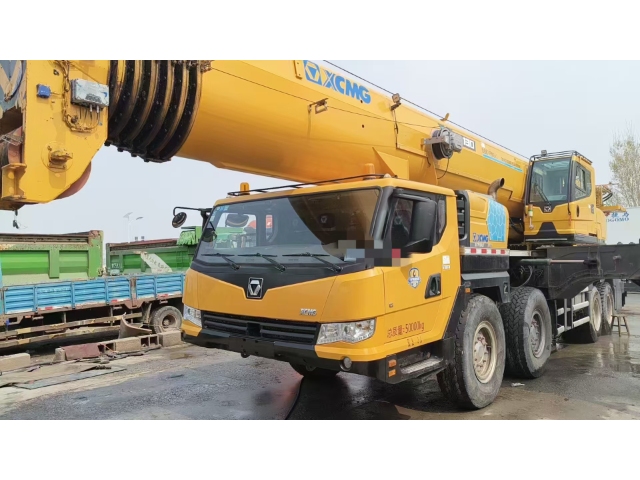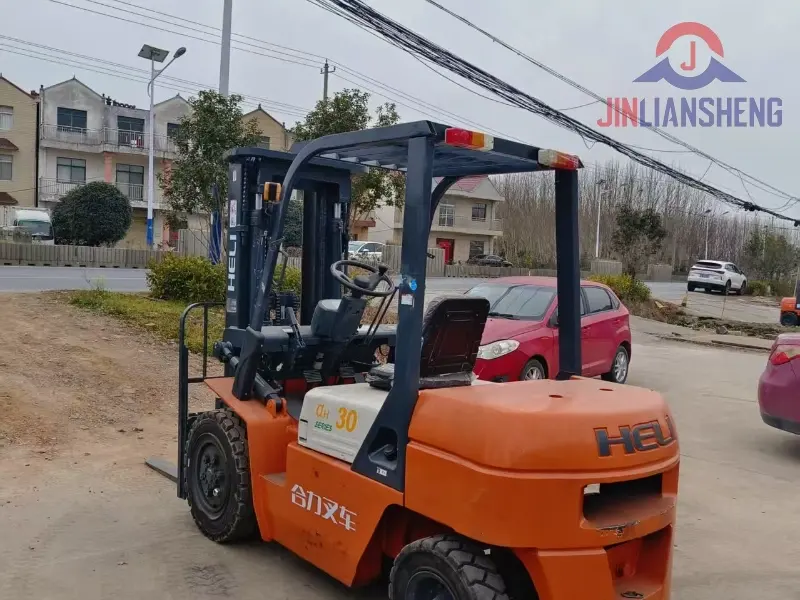Распространенные проблемы с подержанными вилочными погрузчиками Heli и способы их устранения
Release time: 2025-10-14
Table of Contents
Heli forklifts are well-known for their durability and solid performance in warehouses, factories, and logistics centers. However, like all heavy equipment, подержанные погрузчики Heli can develop issues over time due to wear, poor maintenance, or heavy workloads. The good news is that most problems are easy to identify and fix with regular inspections and care.
Here are some common issues with used Heli forklifts and practical tips on how to solve them.
1. Engine Starting Problems
One of the most frequent complaints from forklift operators is that the engine takes too long to start—or doesn’t start at all. This issue often occurs in used diesel Heli forklifts and is usually caused by:
- Weak or discharged battery
- Dirty fuel filter
- Air trapped in the fuel system
How to fix it:
Start by checking the battery voltage and charging it fully. Replace the fuel filter if it looks clogged. If the problem continues, bleed the air from the fuel lines using the manual pump. Regularly servicing the engine and using clean fuel can prevent most starting issues.
2. Hydraulic System Leaks
The hydraulic system powers the lifting and tilting functions of the forklift. Over time, seals and hoses can wear out, leading to oil leaks and reduced lifting power.
How to fix it:
Inspect hydraulic hoses, fittings, and cylinders for visible oil marks or drips. Tighten any loose connections and replace damaged hoses or seals immediately. Always use the manufacturer-recommended hydraulic oil to maintain smooth and efficient performance.
3. Unresponsive or Jerky Steering
If your used Heli forklift is hard to steer or turns unevenly, it could be a sign of low hydraulic fluid, air in the steering line, or worn-out steering components.
How to fix it:
Check the steering fluid level first and top it up if needed. If the problem persists, bleed the steering system to remove trapped air. Worn steering pumps or bearings should be replaced by a qualified mechanic to restore smooth handling.
4. Weak Lifting or Lowering Function
A forklift that struggles to lift heavy loads or lowers too slowly might have problems with the hydraulic pump or lift cylinder seals. In used forklifts, internal wear can cause reduced pressure, affecting performance.
How to fix it:
Measure the hydraulic pressure using a pressure gauge. If it’s below the manufacturer’s recommended level, check for internal leaks in the lift cylinder. Replacing the seals or pump can restore proper lifting strength.
5. Warning Lights and Electrical Issues
Used electric or diesel Heli forklifts sometimes show warning lights on the dashboard or experience electrical malfunctions. These can be caused by loose wiring, corroded connectors, or faulty sensors.
How to fix it:
Inspect all visible electrical connections, especially around the battery and control panel. Clean any corroded terminals with a wire brush and ensure all wires are tightly connected. If warning lights remain, have the system scanned by a technician to identify faulty components.
6. Tire Wear and Poor Stability
Worn or uneven tires can cause vibration, poor balance, and even safety risks during lifting operations.
How to fix it:
Check tire pressure and tread condition regularly. Replace tires that show cracks, flat spots, or excessive wear. Keeping all tires inflated to the correct pressure helps maintain stability and reduces strain on the forklift’s suspension.
Final Thoughts
Original used Heli forklifts are strong, dependable machines — but like any piece of equipment, they need regular maintenance to stay in top shape. By paying attention to early warning signs and performing timely repairs, you can extend the life of your forklift and avoid costly downtime.



